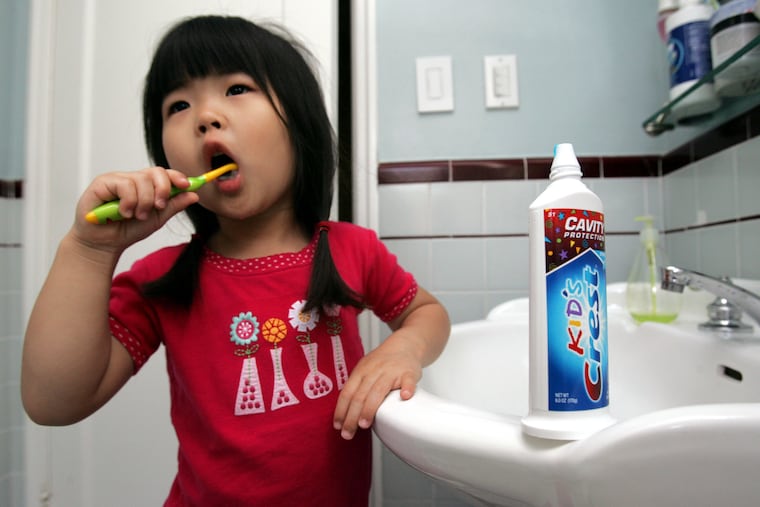Yes, you have to brush your kid’s baby teeth. Even though they’re going to fall out.
Is it really that important for kids to brush baby teeth that are going to fall out anyway?

Is it really that important for kids to brush baby teeth that are going to fall out anyway?
